The geological information that supports activities such as civil construction and mining is largely obtained through drilling techniques that use a motor-mechanized assembly to drill the study material (soil or rock). This information contributes immensely to the technical and financial feasibility studies of various projects in these sectors.
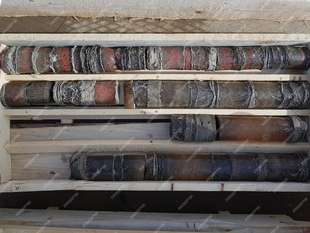
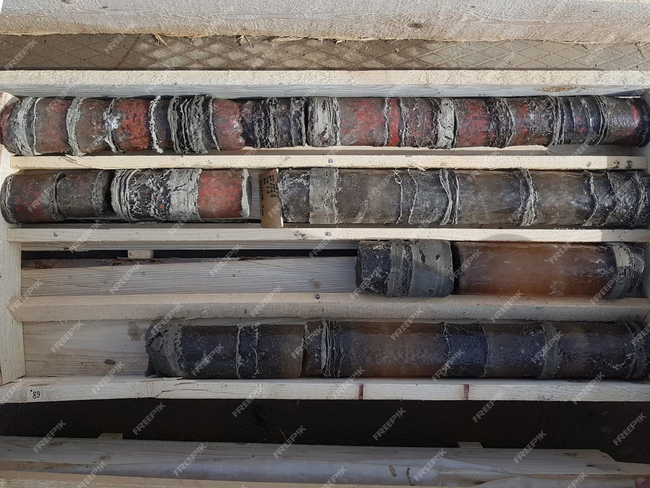
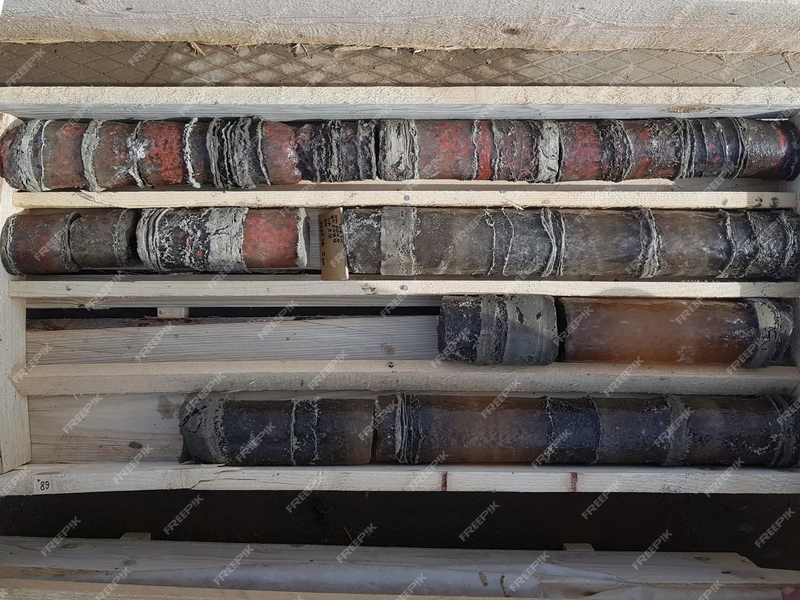
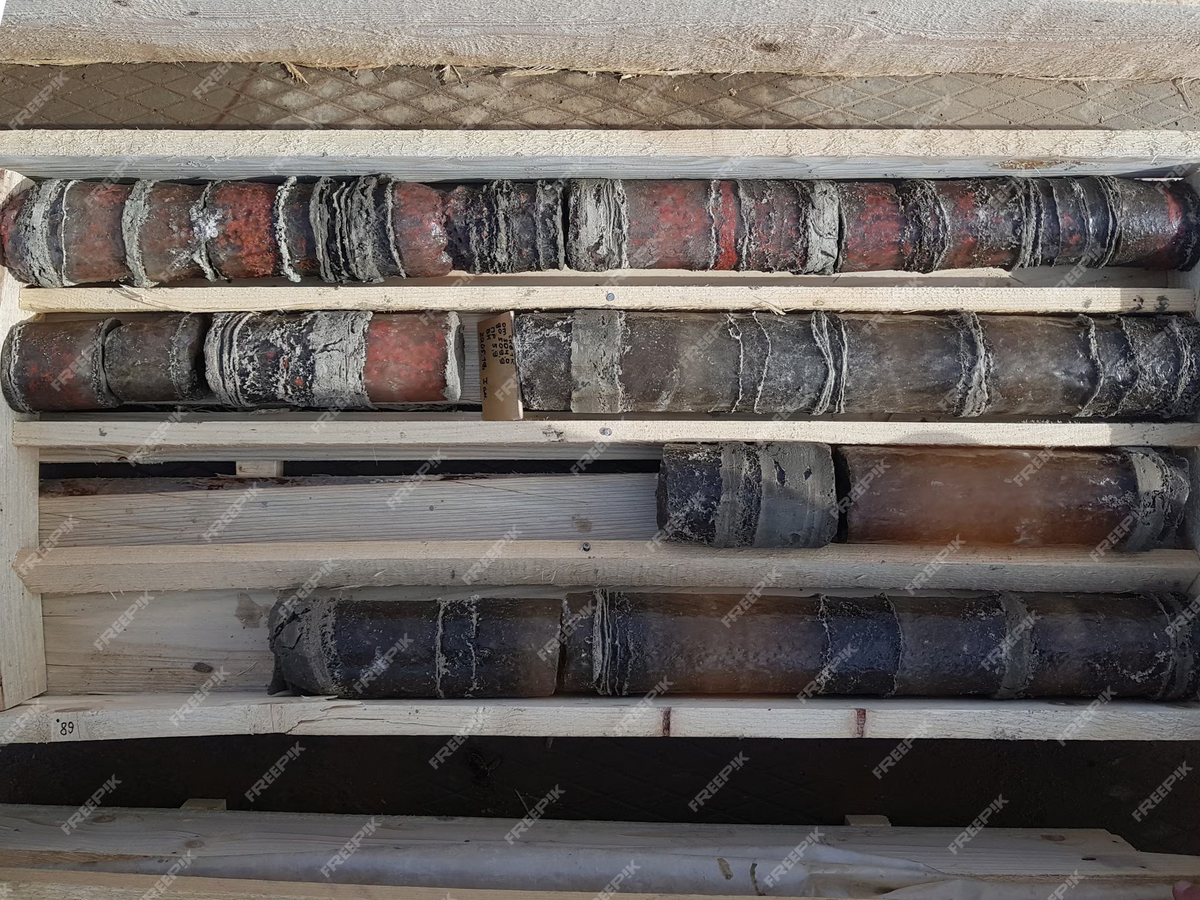
Broadly speaking, two types of drilling stand out: percussion and rotary . In short, the first type of drilling occurs when a weight, in free fall, falls on the equipment that is placed under the rock, aiming to penetrate it.
The second type, that is, rotary drilling, is when the rock is drilled by rotational movements that cut it.
How to determine which technique to use?
Probing techniques are chosen according to several factors such as:
- Access point for operational equipment
- Type of material to prospect
- Equipment available in the region of operation
- Existing data on the studied area
In general, for investigations aimed at civil works, percussive probing methods are used , with SPT (Standard Penetration Test) being the most common of them, which allows obtaining soil penetration resistance indexes (ABNT NBR 6484 Standard), determining the water level and physical properties of the drilled material.
One of the main advantages of the percussion method is its low cost per meter drilled , which makes it the most widely used method in industrial research and testing, as it allows the collection of larger volumes of samples. However, it has some disadvantages , such as:
- Impossibility of being performed on sloping terrain;
- low yield on more cohesive and hardened substrates;
- greater probability of sample contamination and;
- since these are crushed samples, it is difficult to determine their structural and textural characteristics.
To meet the needs of mineral research, the use of rotary drilling methods is considered , the most common being diamond rotary drilling . This drilling method consists of using a set of equipment that works in a mechanized manner, cutting the material using diamond crowns , preserving the integrity of the samples that are tested every 3 meters of drilling.
Although it is the most expensive method , it has the advantages of preserving the integrity of the drilled material, in addition to its ability to penetrate any rock material regardless of its degree of cohesion, the possibility of making inclined holes for better monitoring of structures and banding, in addition to the ability to reach much greater depths , which can exceed 1000 meters.
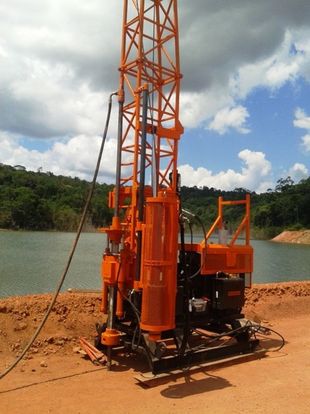
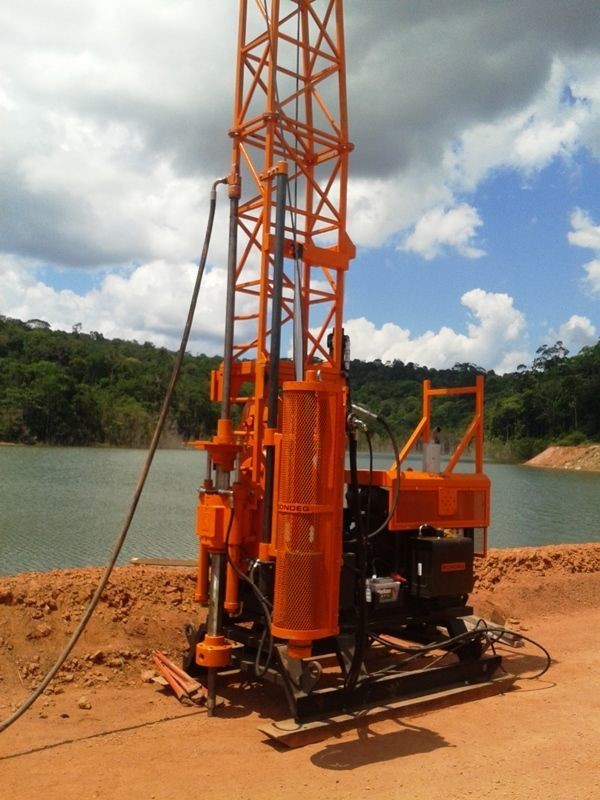


Also widely used in mineral exploration, rotopercussive drilling has a market in the development of mines and in the drilling of wells of the most diverse types and also for environmental analysis. It can be used in the drilling of more compact substratesand, in relation to diamond rotary drilling, it has lower prices for the perforated meter, in addition to good productivity.
Like other methods that use percussion movement, it has disadvantages such as:
- difficulty drilling through very cohesive rock material
- mixing of samples, since the sampled material comes comminuted.
Drilling applied to mining
A drilling campaign to study a mineral deposit must be planned in order to optimize the representativeness of the mineralized body, reducing uncertainties both in geological modeling and in the estimation of mineral resources.
Core cores are the main source of information for direct subsurface research of a mineral deposit, providing samples that promote geological knowledge in greater detail.
Drilling in mineral deposits is also of great importance for the mine planning stage, helping mine teams to optimize their operationalization with information that will help, for example, in the planning of advances on mineralized fronts, predictability of high, medium and low grade areas for possible blending, areas for waste deposition and the establishment of mine infrastructure.
